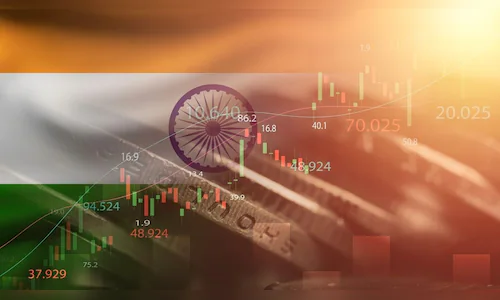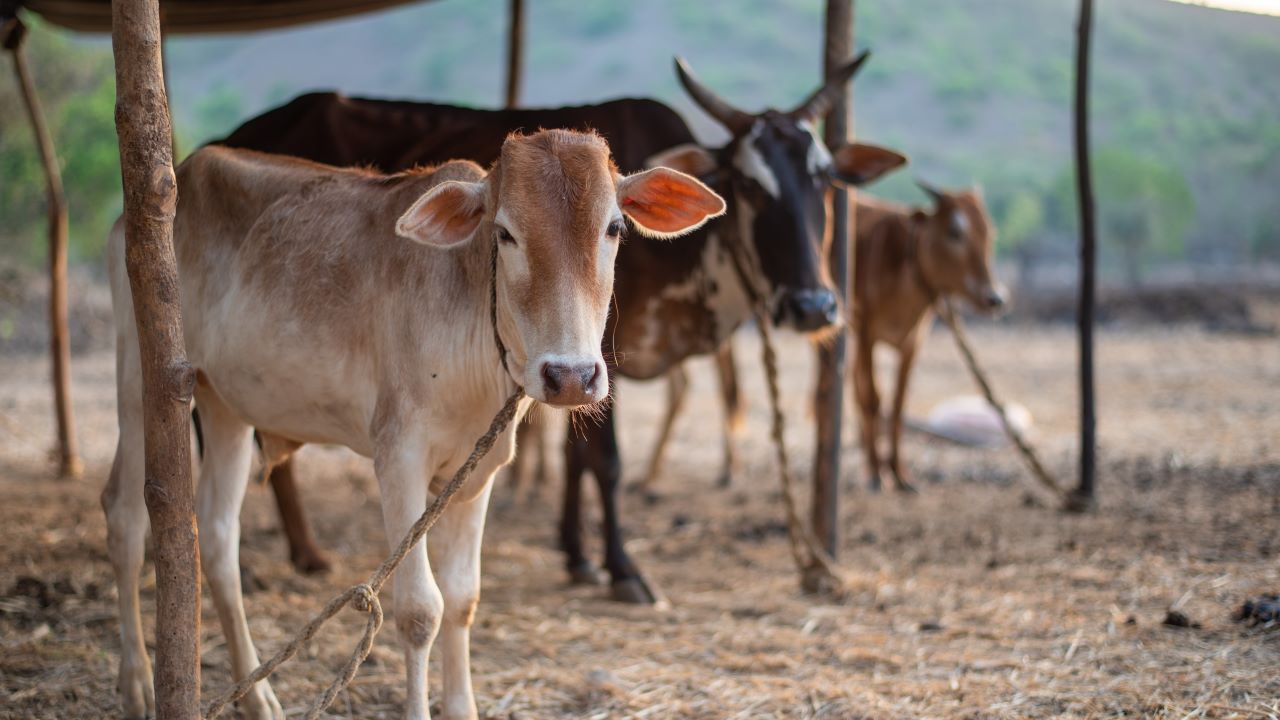India has achieved a remarkable milestone as its foreign exchange reserves hit a record high of $689 billion, showcasing the country’s financial resilience and stability. This significant increase in foreign exchange reserves is a testament to India’s robust economic policies and effective management of its external finances. With such substantial reserves, India strengthens its position in the global economy, providing a buffer against external shocks and uncertainties.
The rise in foreign exchange reserves to $689 billion underscores the growing confidence of investors in India’s economic potential. These reserves are crucial for maintaining the stability of the Indian rupee and ensuring that the country can meet its international payment obligations. By bolstering its foreign exchange reserves, India enhances its ability to manage trade deficits and provides reassurance to foreign investors about the safety and stability of their investments in the Indian market.
Furthermore, the record high of $689 billion in foreign exchange reserves positions India strategically on the global stage. It allows the country to engage more confidently in international trade and investment activities. As India continues to attract foreign direct investment (FDI) and grow its export capabilities, these foreign exchange reserves will play a vital role in supporting sustainable economic growth and development. With this solid foundation, India is poised to navigate future economic challenges while leveraging its foreign exchange reserves to propel its ambitions forward.India’s foreign exchange reserves have reached a new record, climbing by $5.25 billion to $689 billion as of September 6. This new high marks an increase from $683.99 billion reported at the end of August, according to the latest data from the Reserve Bank of India (RBI).
The rise in reserves is largely attributed to a boost in foreign currency assets, which increased by $5.11 billion to $604.14 billion. These assets, which include currencies such as the pound, euro, and yen, are influenced by fluctuations in their value relative to the U.S. dollar.
Additionally, India’s gold reserves grew by $129 million, reaching $61.99 billion. Gold remains the second largest component of the country’s forex reserves.
Other elements contributing to the reserves include Special Drawing Rights (SDRs) and the Reserve position with the International Monetary Fund (IMF). SDRs increased by $4 million to $18.47 billion, while India’s IMF reserve position rose by $9 million to $4.63 billion.
The RBI’s interventions in the foreign exchange market help manage the Indian rupee’s stability, with changes in foreign currency assets reflecting both the central bank’s actions and currency value fluctuations.
Year-to-date, India’s forex reserves have grown by over $65 billion, underscoring the country’s strengthening financial position.























